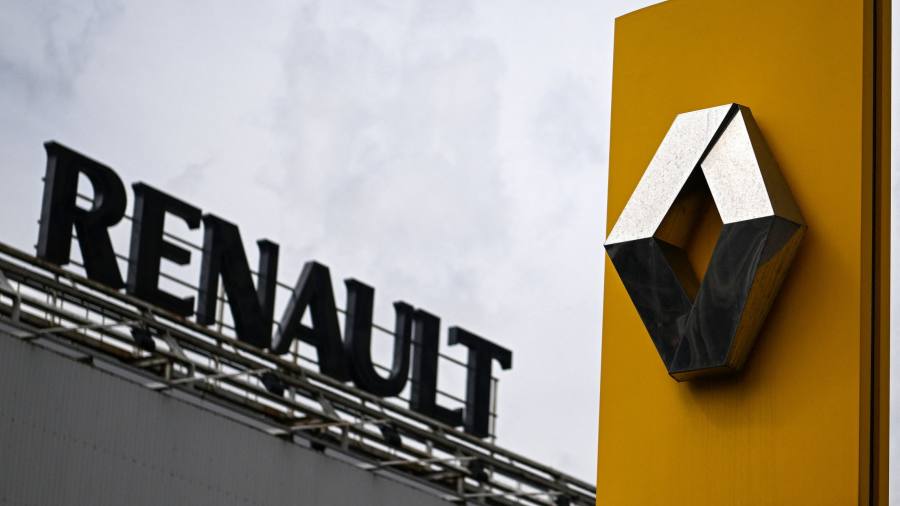
Renault aims to double operating profit margins to 10 per cent by the end of the decade as the French carmaker sets out plans to reinstate dividends next year and spin out its electric vehicle unit through a stock market listing.
The targets announced on Tuesday include producing €2bn of cash a year from next year, rising to €3bn in 2026, and increasing margins to 8 per cent by 2025, rising to 10 per cent by 2030.
Renault is looking to extend on a turnround after losses in 2019 and 2020 and to repair its strained relationship with Japanese partner Nissan, as it races to compete with rivals pushing into EVs.
Its electric car unit, Ampere, will aim for a listing from the first half of 2023.
Alongside the new targets, Renault will also divide into “teams” that chief executive Luca de Meo said would help the business “break down silos” and work faster.
He said: “Today’s announcements are a new sign of Renault Group team’s determination to prepare the company for the future challenges and opportunities generated by the transformation of our industry.”
The measures will also help raise the quality of its debt from “junk” status to “investment grade”, which will pave the way for Renault to pay out up to 35 per cent of profits as dividends under the group’s first payout policy since it halted payouts in 2020 during the pandemic.
Renault also wants employees to own 10 per cent of the company’s shares by the end of the decade. Its transformation plan is expected to coincide with a change in the structure of Renault’s alliance with Nissan over the coming weeks, people close to the discussions have said.
The company is also separating its internal combustion motor business, and on Tuesday signed a framework agreement to form a joint venture on engines and hybrid powertrains with China’s Geely.
The new unit aims to supply hybrid and traditional engines to auto brands worldwide “for years to come”. Each side will own 50 per cent at the outset, with the aim of bringing in new investors in the future.
Once formed, the new business will have about 19,000 employees across 17 manufacturing plants and five research facilities.